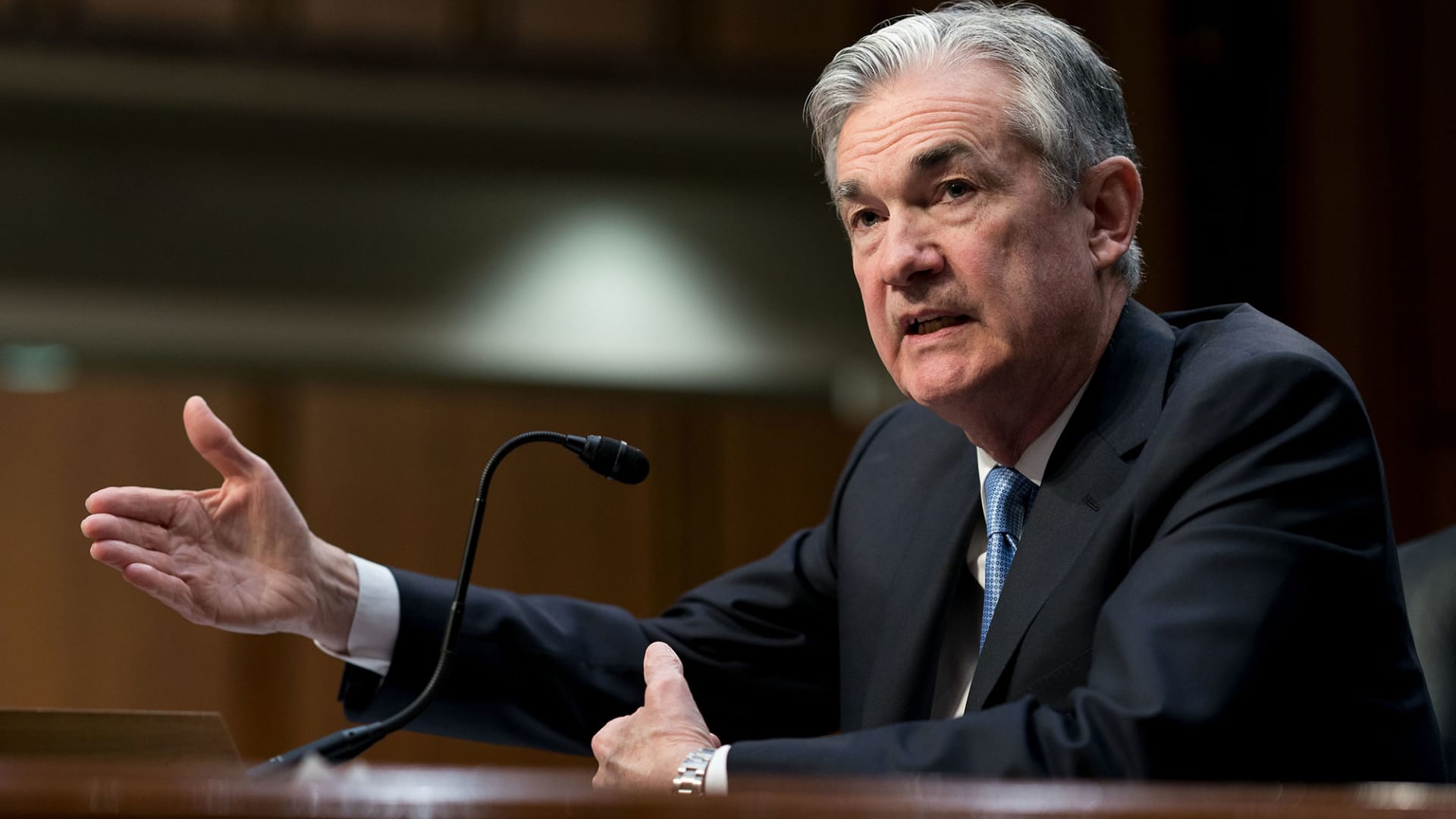Two men died in a Tesla crash in Spring, Texas on Saturday night, and apparently nobody was behind the wheel, according to local police interviewed by reporter Deven Clarke at NBC affiliate KPRC 2.
The Tesla vehicle crashed into a tree and burst into flames, according to the reports. One person was found in the front passenger seat, and another in the rear passenger seat of the vehicle.
Based on a preliminary investigation, police told KPRC 2 they believe nobody had been behind the wheel, but they have not finished their comprehensive investigation. A preliminary investigation is not conclusive.
Police did not immediately answer CNBC’s questions about whether the driver could have moved or been ejected from his seat during or after the collision
Fire fighters reportedly used 32,000 gallons of water and spent hours suppressing the fire that resulted from the electric vehicle crash.
As CNBC has previously reported, Tesla sells automated driving systems under the brand monikers Autopilot, and Full Self-Driving (FSD). It also releases a “beta” version of Full Self Driving (FSD beta) software to some customers who have the premium FSD option, which currently costs $10,000.
Tesla CEO Elon Musk said on a Feb. 11 episode of the Joe Rogan Experience podcast: “I think Autopilot’s getting good enough that you won’t need to drive most of the time unless you really want to.”
Tesla Autopilot and FSD are not capable of controlling the electric vehicles in all normal driving circumstances.
In a letter to the California DMV late last year, according to records obtained by CNBC and others, Tesla lawyers said that “neither Autopilot nor FSD Capability is an autonomous system.” And in their owners’ manuals, Tesla cautions drivers: “The currently enabled features require active driver supervision and do not make the vehicle autonomous.”
Nonetheless, many Tesla fans and influencers share videos on social media that show people driving hands free for prolonged periods, asleep at the wheel or with nobody in the driver’s seat.
For example, actor Jamie Foxx shared a video on his YouTube channel where he pretended to be asleep at the wheel of a Tesla Model 3, operating it hands free with his eyes closed. In January this year, as The Drive reported, a teen and his mom made a video in which he pretended to sleep at the wheel of a Tesla and then climbs into the back seat for a snooze.
In Germany, a Munich court actually banned Tesla from using phrases equivalent to Autopilot and Full Self-Driving capability in its advertising, because they found this language misled consumers and overstated the capabilities of the cars.
CNBC has reached out to Tesla, and fire and police departments in Harris County, Texas for further information.
The news of the fatal crash comes as the National Highway Traffic Safety Administration (NHTSA) is evaluating comments from the public that it sought in advance of proposed rulemaking. The federal agency has not regulated automated driving systems yet, but left that task to states.
There have also been several crashes recently involving Tesla vehicles, prompting federal probes to determine whether their Autopilot or FSD systems figured in the collisions. The National Highway Traffic Safety Administration said last month that it had opened 27 investigations into crashes of Tesla vehicles, 23 of which remain active.
Just a few hours before the report of the fatal crash in Spring, Texas, Musk touted the company’s self-reported, first quarter accident data.
He said on Twitter – where he has more than 50 million followers – “Tesla with Autopilot engaged now approaching 10 times lower chance of accident than average vehicle.”
According to data that Tesla gathered but hasn’t shared with third parties for independent analysis, the company said: “We registered one accident for every 4.19 million miles driven in which drivers had Autopilot engaged. For those driving without Autopilot but with our active safety features, we registered one accident for every 2.05 million miles driven. For those driving without Autopilot and without our active safety features, we registered one accident for every 978 thousand miles driven.”
Tesla did not disclose how many accidents involving their cars resulted in injury, fatalities or just vehicle or property damage.





